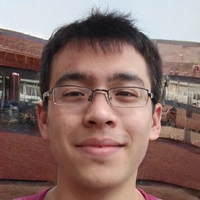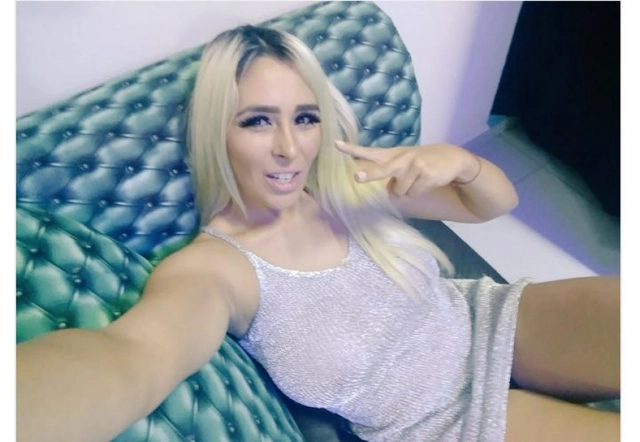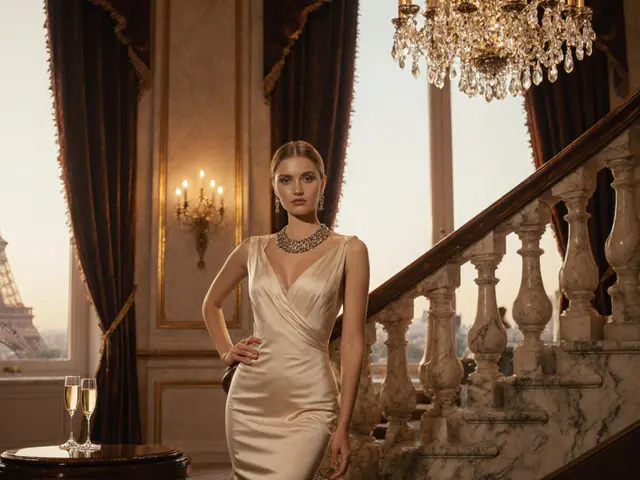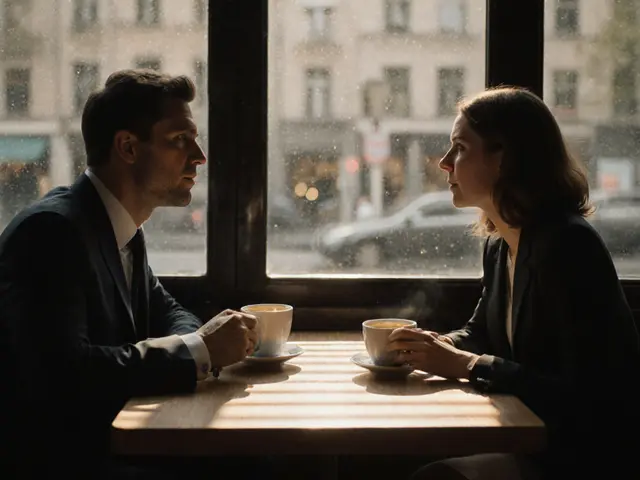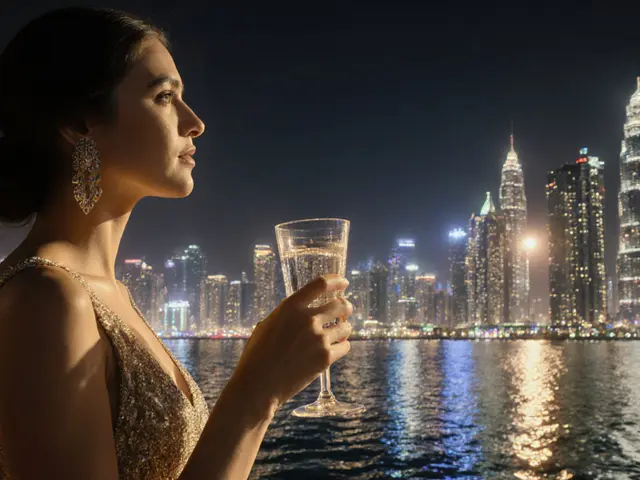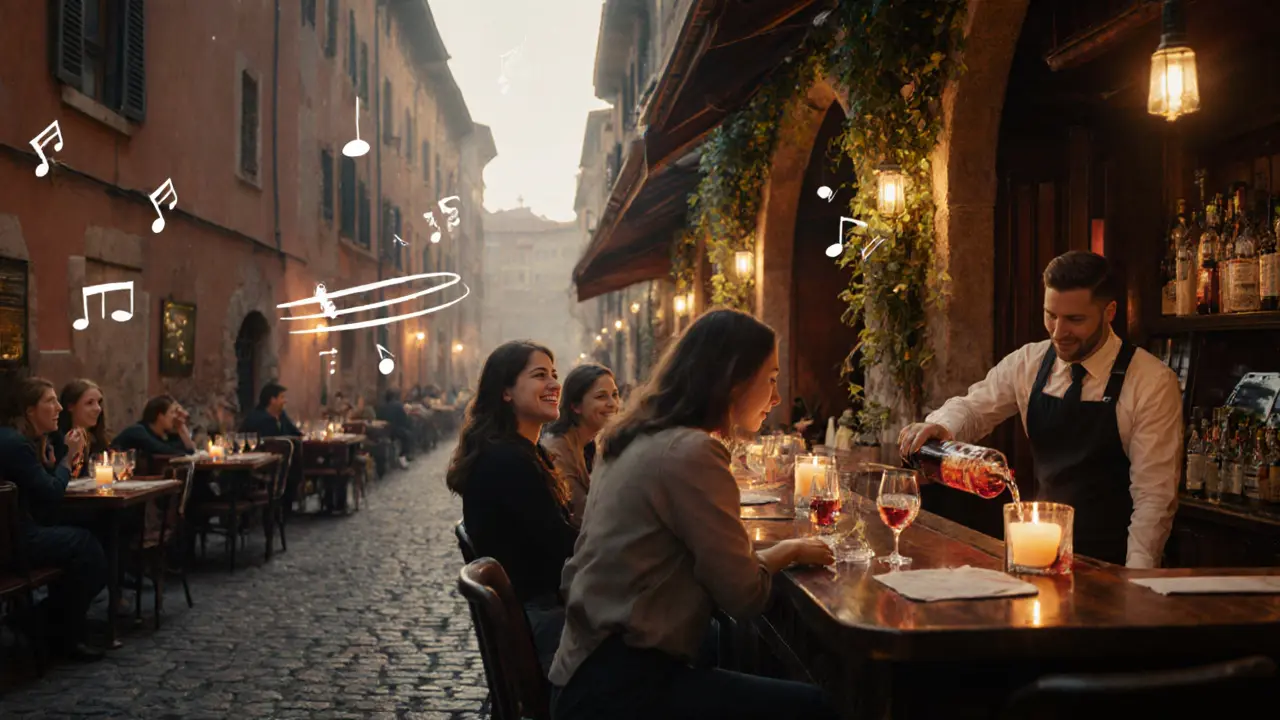
Millions of people visit Milan every year for fashion, food, and design-but the real magic happens after dark. While daytime Milan is all about sleek boutiques and espresso bars, the city transforms into a pulsing, electric playground once the sun goes down. If you’re looking for where to drink, dance, and truly feel the heartbeat of the city, you need to know where to go-and where not to waste your night.
Brera: The Cozy Corner Where Milan Starts
Start your night in Brera. It’s not a club, it’s not a rave-it’s where locals unwind with aperitivo and conversation. Think narrow streets lined with candlelit bars, live jazz drifting from hidden courtyards, and mixologists who treat cocktails like art. Try Bar Basso, the birthplace of the Negroni Sbagliato. Order one at the counter, watch the bartender pour it with precision, and sip slowly. This isn’t about getting drunk. It’s about savoring the moment before the night gets wild.Brera stays lively until 1 a.m., but don’t expect bass-heavy beats. This is the warm-up. The quiet hum before the storm. If you’re here on a Thursday or Friday, you’ll see young professionals in tailored coats and women in silk dresses laughing over prosecco. It’s Milanese elegance meets casual charm.
Navigli: Canals, Cocktails, and Outdoor Vibes
Head south to Navigli, the old canal district that’s become the city’s most relaxed party zone. On weekends, the sidewalks along the canals turn into open-air lounges. Bars spill out onto the water’s edge with string lights, mismatched chairs, and DJs spinning indie pop and chill house. La Bitta is a local favorite-small, no-frills, and always packed. Their spritzes are strong, the ice is fresh, and the vibe? Pure Italian summer night, even in October.Bring cash. Many places here don’t take cards. Bring a light jacket. The breeze off the water gets chilly after 11 p.m. And if you’re feeling adventurous, hop on one of the small boats that cruise the canals after midnight. Some have DJs on board, others just play vinyl records. It’s a surreal way to see the city-floating past glowing windows and laughing groups, the water reflecting every color of the night.
Porta Venezia: The Underground Pulse
If you want to dance like no one’s watching, head to Porta Venezia. This neighborhood is where Milan’s queer scene, electronic music lovers, and alternative crowds collide. It’s raw, real, and rarely touristy. La Bussola is a tiny basement club with a reputation for surprise guest DJs and 4 a.m. dance floors. No VIP section. No cover charge before midnight. Just a narrow staircase, a sticky floor, and a sound system that shakes your ribs.On Fridays, Bar Basso (yes, same name as the Brera one-different place) turns into a queer karaoke bar with drag performances and champagne toasts. It’s loud, messy, and unforgettable. This isn’t the Milan you see in fashion magazines. This is the Milan that doesn’t care what you wear, as long as you’re moving.

Zone 1: The Clubbing Epicenter
This is where the serious partying happens. Zone 1, centered around Via Tortona and Via Bergamo, is home to Milan’s biggest clubs. Armani/Privé is the most exclusive. It’s not just a club-it’s an experience. The entrance is discreet, the dress code strict (no sneakers, no hoodies), and the music? High-end house and techno, often played by international names. Expect to wait in line for 45 minutes. But if you get in, you’ll be dancing under crystal chandeliers with models, designers, and tech billionaires.For something more accessible, try Magazzini Generali. It’s a converted warehouse with industrial ceilings, three dance floors, and a rooftop bar with city views. The crowd is mixed-locals, tourists, artists, students. They play everything from disco to techno to 2000s pop remixes. The bar runs on a token system: buy tokens, exchange for drinks. It’s efficient, and it keeps the lines moving.
Don’t miss Capo d’Africa, a club that’s been around since the ’90s and still feels like a secret. The music is deep, the lighting is dim, and the crowd is loyal. You won’t find it on Instagram. You’ll find it because someone told you to go.
Where to Eat After the Night Ends
You’re going to get hungry. No matter how much you drink, Milan’s food will call your name at 4 a.m. Trattoria da Baffo opens at 1 a.m. and serves giant plates of risotto, fried polenta, and meatballs until dawn. It’s greasy, cheap, and perfect. No reservations. Just show up, grab a seat at the counter, and order a beer. You’ll be surrounded by people who’ve been dancing all night too.For something lighter, try Bar Basso again-but this time, the one in the Porta Venezia area. They serve truffle fries and smoked mozzarella sandwiches after midnight. It’s the kind of place you’ll remember long after you’ve left Milan.
What Not to Do
Don’t go to La Scala expecting to party. It’s an opera house. You’ll get kicked out if you try to dance. Don’t wear flip-flops to clubs. Even in October, the dress code is smart casual. No one will stop you, but you’ll feel out of place. Don’t assume everyone speaks English. Learn two phrases: “Un bicchiere di vino, per favore” and “Dove si balla?”Avoid the tourist traps near Duomo. The bars there charge €15 for a soda and play Top 40 hits from 2012. You’ll pay more, drink less, and feel like you’re in a theme park version of Milan.
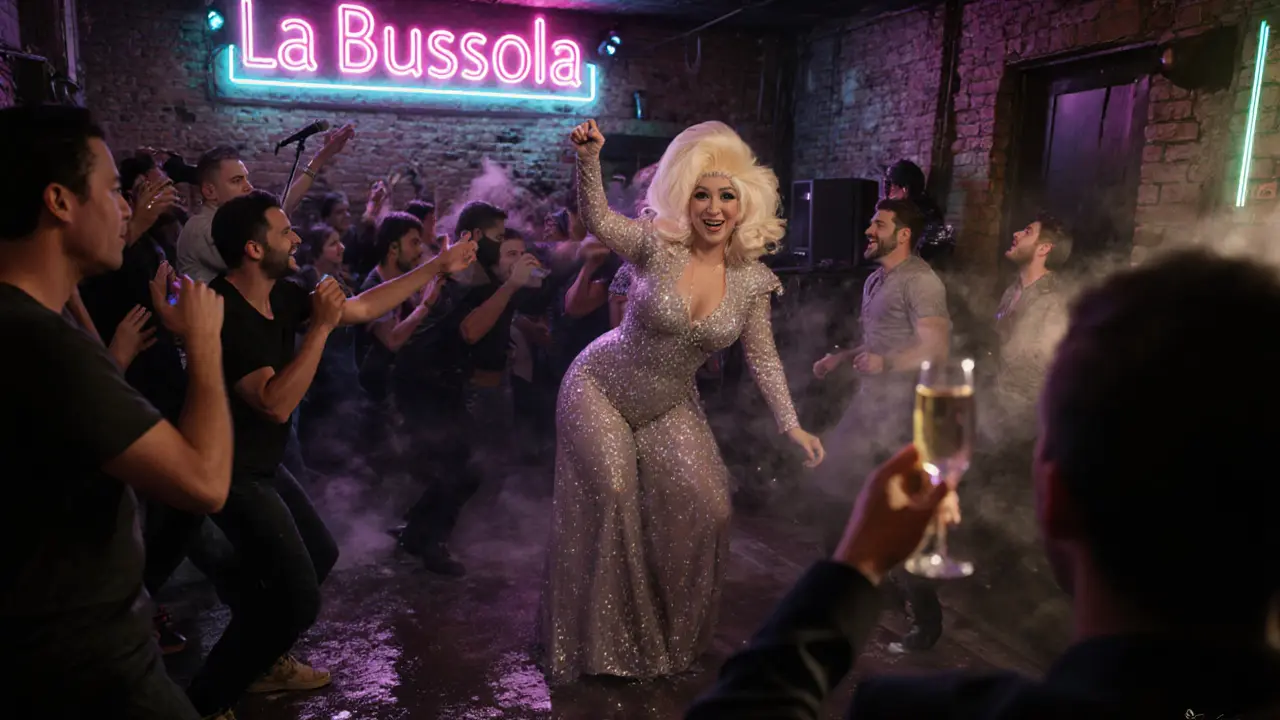
When to Go
Weekends are packed. Fridays and Saturdays are the busiest. If you want a real taste of Milan’s nightlife without the crowd, go on a Thursday. The clubs open early, the prices are lower, and the energy is more relaxed. You’ll meet locals who actually live here-not just tourists chasing a hashtag.Summer (June-August) is the peak. Many clubs move outdoors. Winter (November-February) is quieter, but the indoor clubs are better. The heat inside, the thick bass, the fog of breath in the air-it’s intimate. And if you go in January, you might catch the after-party for Milan Fashion Week. It’s wild.
Getting Around
Milan’s metro runs until 1:30 a.m. on weekdays and 2:30 a.m. on weekends. After that, you’ll need a taxi or ride-share. Uber isn’t legal here, but FreeNow and Bolt work fine. Avoid walking alone after 2 a.m., especially near the train station. Stick to well-lit streets and group up.Most clubs are within a 15-minute taxi ride of each other. Don’t try to walk from Brera to Zone 1. You’ll be tired before you even get to the door.
Final Tip: Be Present
Milan’s nightlife isn’t about checking boxes. It’s not about taking selfies with a cocktail. It’s about the way the music changes when the DJ drops a track you haven’t heard in years. It’s about the stranger who buys you a drink because you smiled at them. It’s about dancing until your feet hurt and not caring why.Don’t rush. Don’t chase the next club. Let the night guide you. One moment in a basement bar in Porta Venezia can stick with you longer than ten nights in a tourist hotspot. That’s the real Milan.
What time do clubs in Milan usually open?
Most clubs in Milan open around midnight, but the real energy doesn’t hit until 1 a.m. or later. Some, like Magazzini Generali, start playing music at 11 p.m. on weekends. Bars in Brera and Navigli open earlier, often at 7 or 8 p.m., for aperitivo.
Is there a dress code for Milan nightclubs?
Yes, especially at upscale spots like Armani/Privé. No sneakers, no hoodies, no shorts. Think smart casual-dark jeans, a nice shirt, boots or loafers. Even at more casual clubs like La Bussola, flip-flops and tank tops will make you stand out for the wrong reasons. When in doubt, dress like you’re going to a nice dinner.
Are drinks expensive in Milan?
In tourist areas like Duomo, expect to pay €12-€15 for a cocktail. In local spots like Navigli or Porta Venezia, you’ll pay €8-€10. Aperitivo deals (drink + snacks) in Brera usually cost €10-€12 and include enough food to count as dinner. Clubs like Magazzini Generali use token systems-€5 for a drink, €2 for a beer.
Can I go clubbing alone in Milan?
Absolutely. Milan is one of the safest cities in Italy for solo travelers at night. Many people go out alone, especially women. Just stick to well-known areas, avoid sketchy side streets after 2 a.m., and trust your gut. Bars and clubs are generally welcoming to solo guests-no one will stare you out.
What’s the best night to experience Milan’s nightlife?
Friday and Saturday nights are the busiest, but Thursday is the hidden gem. Clubs are less crowded, prices are lower, and the crowd is more local. If you want to dance with real Milanese-not just tourists-Thursday is your best bet. For a truly unique experience, aim for the last Thursday of the month: that’s when some underground clubs host special themed nights with live visuals and experimental music.
Do I need to book tickets in advance?
For big-name clubs like Armani/Privé or events tied to fashion week, yes. For most places, no. You can usually walk in before midnight. After that, lines form. If you’re going to a special guest DJ night, check the club’s Instagram page-they often post ticket links or RSVP info. Most clubs don’t sell tickets online unless it’s a major event.
